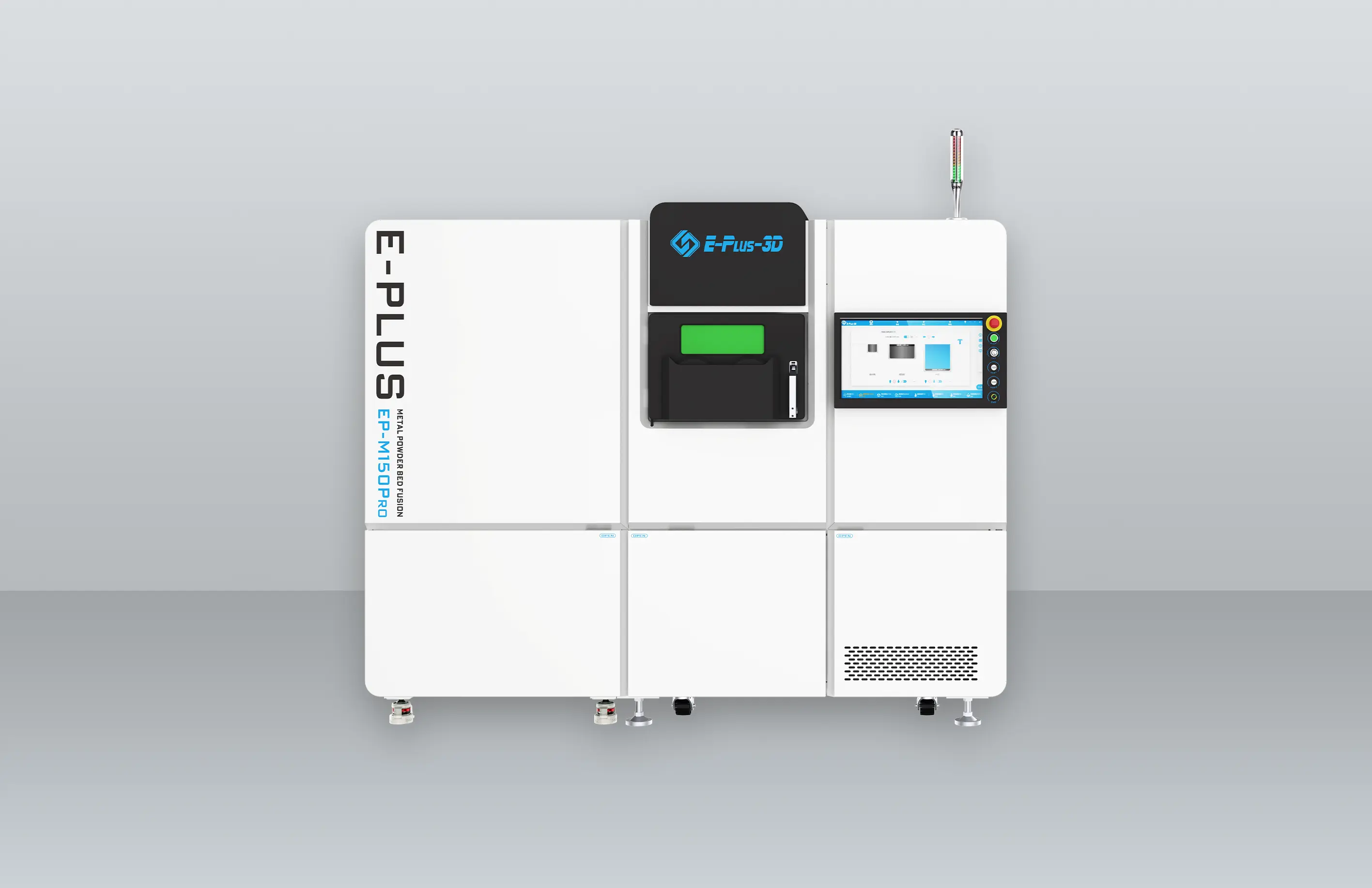With the introduction of CAD/CAM milling and digital 3D printing, the possibility of incompatible dental treatments has been significantly reduced to a minimum. Patients realize that they do not have to tolerate imprinted materials that taste bad and cause vomiting. They also like to get a permanent beauty crown in one visit. Most dentists, laboratory owners, technicians and technicians agree that digital impressions and production will replace traditional methods of making dentures, partial teeth, bridges and crowns. But this is not just CAD/CAM milling. Currently, 3D printing is a viable option for manufacturing. How does a laboratory or dentist know which is better, CAD/CAM or digital printing? The answer depends on what your doctor wants-speed, accuracy, low cost?
Materials
Usually, CAD/CAM milling uses ceramics. 3D printing works with Non-precious metal alloys (CoCr, Ti alloy) in powder form can be melted and layered using 3D printing (EP-M150T), then coated with ceramic, though this is a relatively new technique.
Convenient
Digital printing is much faster than CAD / CAM milling. 3D printing is easier to use than CAD / CAM, as dentists and lab technicians have said in various forums. Many dentists who own CAD / CAM milling machines use them only in ideal cases where a single posterior crown is required. Other restorations are sent to the dental laboratory for more reliable and detailed results.

Accuracy
Due to accuracy, 3D printers don’t have a clear advantage over CAD / CAM because they do not have the tools and bars needed for milling. The tools are limited. CAD / CAM milling machines cannot be made smaller than the tools used. Milling is a removal process, but printing is an additional process. Curves, holes, and small shapes are fine for 3D printers. In addition, you can print multiple parts at once, and printing produces little or no waste.

Cost
In general, the cost of 3D printers is taking a dive, which is great for technology-minded dentists and lab owners. Although, the cost of an industrial metal 3D printer could cost hundred thousand of money. However, the average cost of each product is cheaper comparing with CAD/CAM milling. Let’s take an example of EPLUS3D EP-M150T, the machine is able to print 550pcs crowns with only 1KG powder. The average cost of each crown is less than 1 dollar, which is much lower than CAD/CAM milling. The price may various based on different countries, but generally, the cost comparison is similar.
Future
3D printing in dentistry and orthodontics is relatively new, but it’s already impressively large and is constantly growing and developing. There are seemingly infinite ways for dentists to make use of 3D printers, and the future will undoubtedly bring about even more.




























